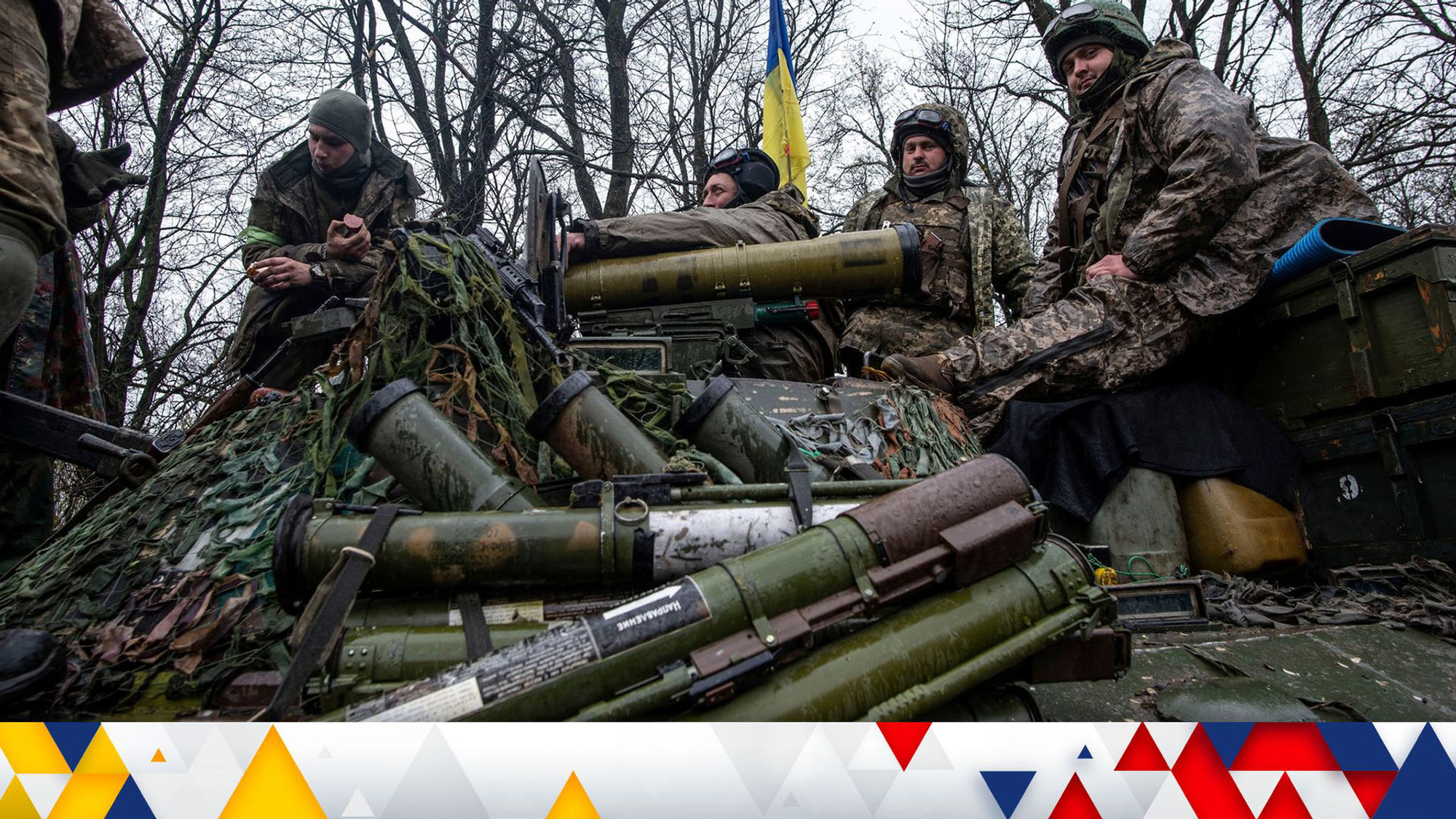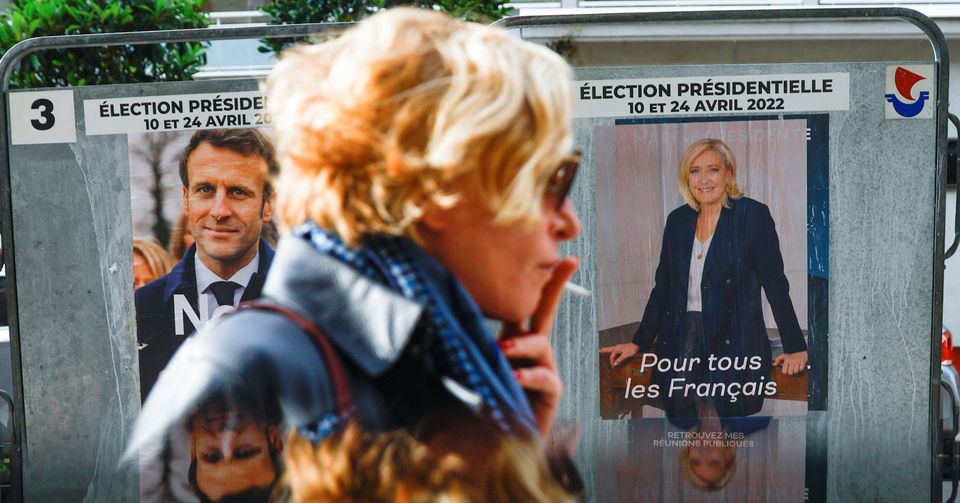Analysis of the Russian-Ukrainian hostilities: The only way to end the war

In just a few days, the war in Ukraine will be two fierce and painful months. Sky photo
According to Professor Jeffrey Sachs, the US’s two-pronged strategy to help Ukraine in its war with Russia includes both imposing tough sanctions on Russia and providing the Ukrainian military with sophisticated weapons. may not be successful. There is only one answer to the war in Ukraine, a peace agreement may be within reach. However, to reach an agreement, the US will have to compromise with NATO, something Washington has so far rejected.
But before the war began, Putin sent the West a list of demands, the most notable of which was a halt to NATO expansion eastward.
Now is a good time to revisit that list, and Putin will also have to show a willingness to make concessions for the negotiations to succeed.
America’s approach to weapons and sanctions sounds convincing to American public opinion, but it doesn’t really work in practice. This American approach enjoys little support outside the US and Europe and may eventually face political backlash within the US and Europe as a whole.
Developing countries in particular have refused to participate in the West’s campaign to isolate Russia, as most recently seen in the US-led vote to remove Russia from the UN Human Rights Council. It is true that 93 countries supported the move, but another 100 did not (24 opposed, 58 abstained and 18 abstained). Even more remarkable, those 100 countries are home to 76% of the world’s population.
Countries may have no reason to oppose US initiatives, including trade relations with Russia. But the fact remains that much of the world has rejected isolating Moscow, especially to the extent that Washington wants it.
Sanctions are an important part of US strategy. They don’t have the ability to beat Russia, but they do have the ability to impose high costs around the world. At best, they can push Russia toward a peace agreement and should therefore be deployed alongside a far-reaching push for negotiated peace.
The reality is that economic sanctions also face many problems.
First, even if sanctions cause economic hardship in Russia, they are unlikely to change general policy or Russian policy in any decisive way. Think of the harsh sanctions the US has imposed on Venezuela, Iran and North Korea. Yes, they have weakened these economies, but they have not changed the politics or policies of these countries in the way that the US government sought.
The second problem is that at least part of sanctions are easy to avoid, and more and more likely to have behaviors to avoid sanctions. US sanctions apply most effectively to dollar-based transactions involving the US banking system. Countries that seek to evade sanctions conduct transactions through non-banking or non-dollar means. We can expect an increasing number of transactions with Russia in rubles, rupees, yuan and other non-dollar currencies.
The third problem is that most of the world doesn’t believe in sanctions – and doesn’t take sides in the Russo-Ukrainian war either. Add up all the countries and regions that impose sanctions on Russia – the US, the UK, the European Union, Japan, Singapore, Australia, New Zealand and a few others – and their total population is just make up 14% of the world’s population.
The fourth problem is the boomerang effect. Sanctions against Russia harm not only Russia but the entire world economy, causing supply chain disruptions, inflation and food shortages. This is why many European countries are likely to continue importing gas and oil from Russia, and why Hungary and perhaps some other European countries will agree to pay Russia in rubles. The boomerang effect is also likely to hurt Democrats in the midterm elections this November as inflation eats away at voters’ real incomes.
Fifth is inelastic (non-pricey) demand for Russian energy and grain exports. As the number of Russian exports decreases, the world price of those goods increases. Russia may end up with lower export volumes but close to or even higher export earnings.
The sixth issue is geopolitics. Other countries – and most importantly China – see the Russo-Ukrainian war at least in part as a war in which Russia is countering NATO’s expansion into Ukraine. That is why China repeatedly argues that Russia’s legitimate security interests are at stake in the war.
The US likes to say that NATO is a purely defensive alliance, but Russia, China and others think otherwise. They look at suspicions about the NATO bombing of Serbia in 1999, NATO forces in Afghanistan in the 20 years after 9/11, and the 2011 NATO bombing of Libya that toppled Moammar Gadhafi. Russian leaders have opposed NATO’s eastward expansion since NATO began in the mid-1990s with the Czech Republic, Hungary and Poland. It is noteworthy that when Putin called on NATO to stop expanding into Ukraine, Biden flatly refused to negotiate with Russia on this issue.
In short, many countries, certainly China included, will not support global pressures on Russia that could lead to NATO expansion. The rest of the world wants peace, not a US or NATO victory in a proxy war with Russia.
The United States would love to see Putin militarily defeated, and NATO armament has dealt a heavy and heavy blow to Russian forces. But it is also true that Ukraine is being destroyed in the process. It is very difficult for Russia to declare defeat and withdraw. Russia is more likely to escalate, even potentially use nuclear weapons. Therefore, NATO weapons can cause great costs for Russia but cannot save Ukraine.
All of this means that the US strategy in Ukraine can bleed Russia but cannot save Ukraine. Only a peace agreement can do that. In fact, the current approach would undermine economic and political stability worldwide and could split the world into pro-NATO and anti-NATO factions, deeply damaging in the long run for the United States. .
As a result, American foreign policy is punishing Russia, but there is little chance of real success for Ukraine or for American interests. The real success was that Russian troops returned home and the safety and security of Ukraine was achieved. Those results can only be achieved at the negotiating table.
An important step is for the United States, NATO allies and Ukraine to make it clear that NATO will not expand into Ukraine as long as Russia stops the war and leaves Ukraine. Countries that are aligned with Putin, and those that do not, will then tell Putin that since NATO has stopped expanding, it is time for Russia to leave the battlefield and return home. Of course, negotiations could fail if Russia’s request remains unacceptable. But at least there is hope to see if peace can be achieved through Ukraine’s neutrality backed up by international guarantees.
All of Biden’s tough words – about Putin’s departure from power, genocide and war crimes – won’t save Ukraine. The best chance to save Ukraine is through negotiations that benefit the world. By prioritizing peace over NATO expansion, the United States will attract the support of many people and countries around the world and thereby help bring peace to Ukraine and security and stability to the whole world.
at Blogtuan.info – Source: danviet.vn – Read the original article here


